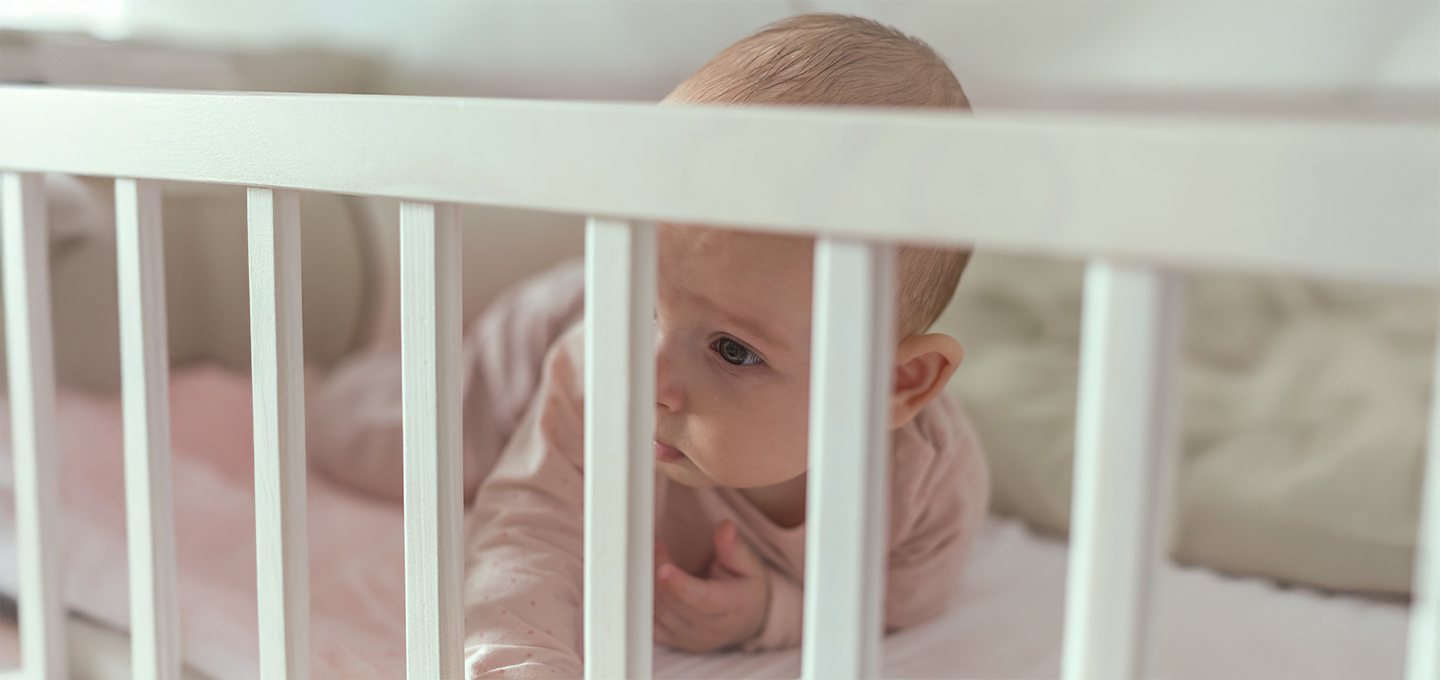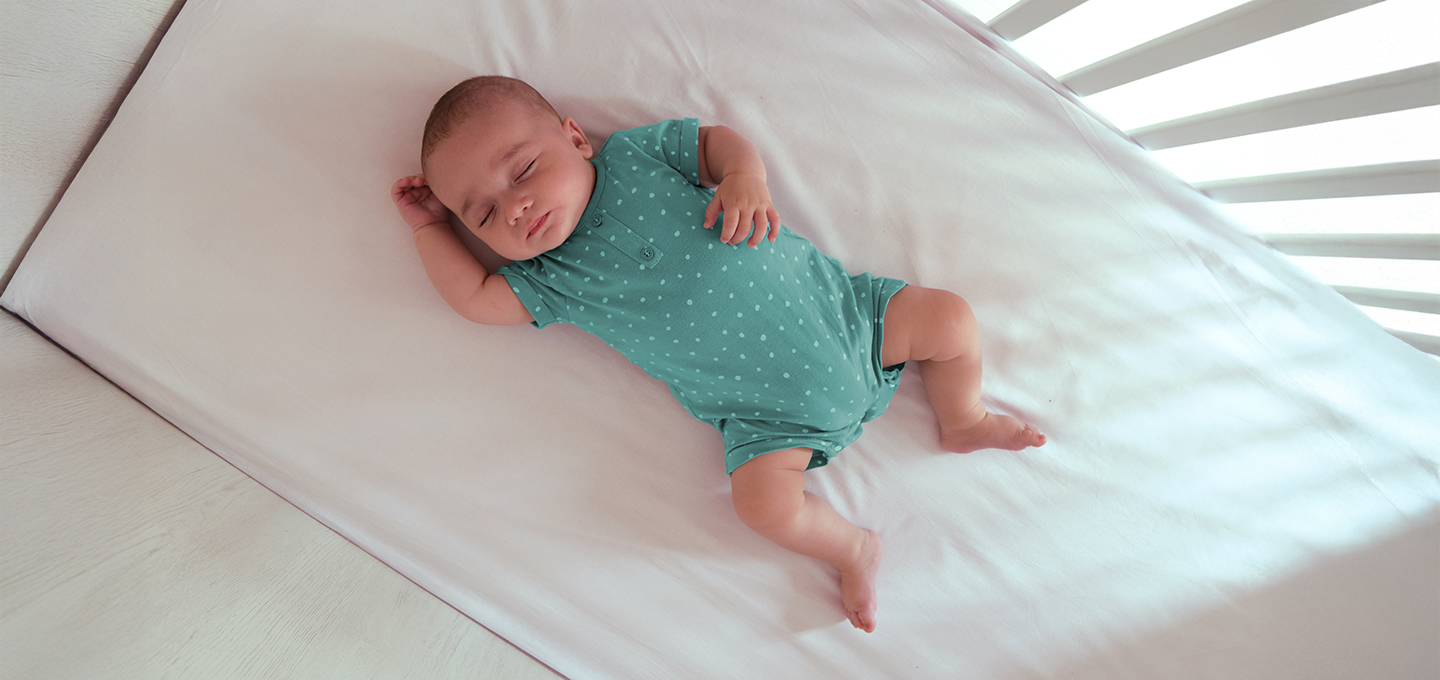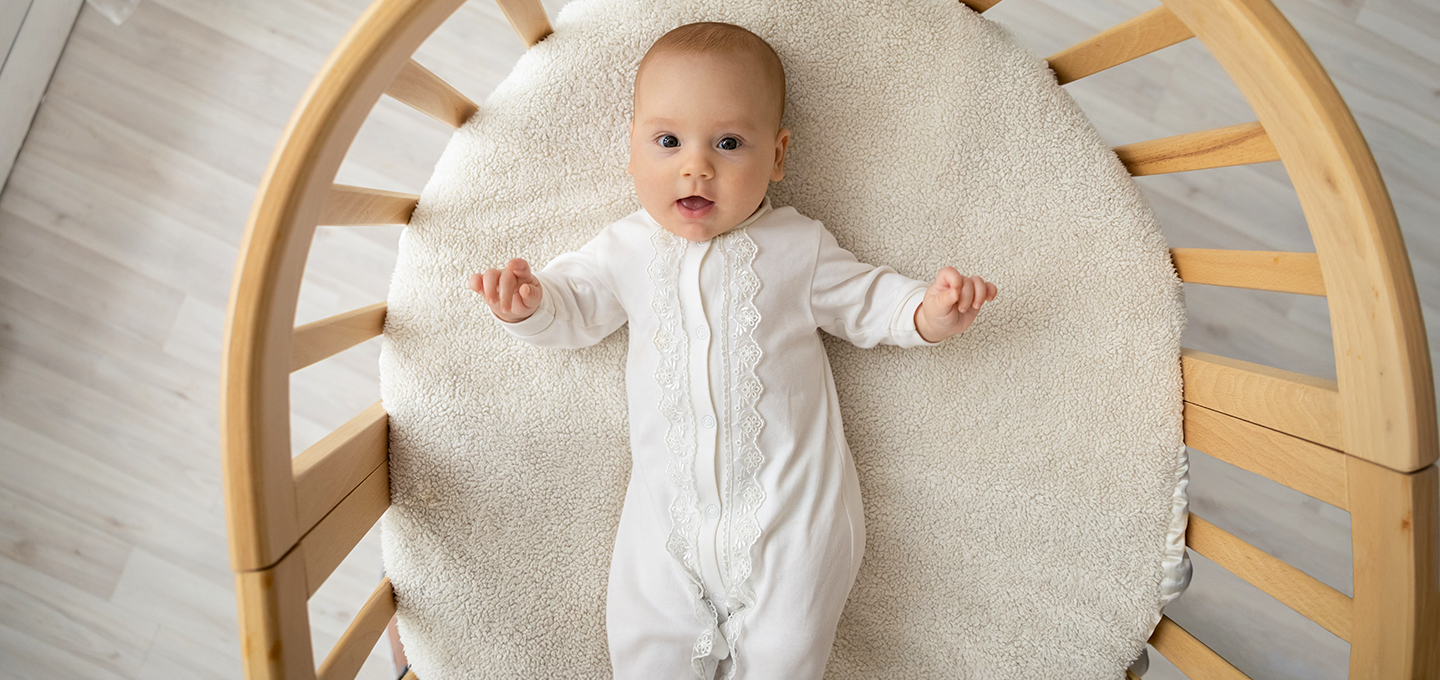
How to Adjust Your Baby’s Sleep for Daylight Saving Time


IN THIS ARTICLE
When Daylight Saving Time rolls around, we have to reset our clocks, of course, but we also have to adjust our babies’ sleep schedules (and our own routines) for this time change—and that's not always easy. In the fall, when we "fall back," we gain an hour of sleep, but in the spring, when we "spring forward," we lose an hour of sleep. It often takes us adults a few days to get used to the time change, and kids and babies might have an even tougher time adjusting. So, how does Daylight Saving Time affect babies? And how can we handle Daylight Saving Time with a baby? We've got some great tips on how to deal with both the spring and fall time changes, and methods for adjusting your baby's sleep schedule ahead of Daylight-Saving Time.
How to Prepare Your Baby for Daylight Saving Time: 8 Tips for the Adjustment
Here are some things you can do ahead of time to make the Daylight-Saving Time change easier and boost the quality of your baby’s sleep:
“Spring Forward” Daylight Saving Time—How to Adjust Your Baby’s Sleep Schedule
"Springing forward" on the second Sunday in March involves setting your clocks ahead by an hour, which also means losing an hour of sleep. For babies and children, this can be especially rough. If your little one usually goes to bed at 7 p.m., for instance, that’s actually 6 p.m. according to their internal clock, and they likely won’t feel tired then. Here are two options for adjusting your baby to Daylight Saving Time:
- Four days before the time change, move up your baby’s bedtime to 6:45 PM - Your baby’s wakeup time should also be 15 minutes earlier. - Three days before the time change, move up your baby’s bedtime to 6:30 PM - Two days before the time change, move up your baby’s bedtime to 6:15 PM - One day before the time change, move up your baby’s bedtime to 6 PM
Watch the following video to learn how to put an overtired baby to sleep:
“Fall Back” Daylight Saving Time—How to Adjust Your Baby’s Sleep Schedule
After Daylight Saving Time ends on the first Sunday in November, and you "fall back," your baby may be waking up an hour early—and sometimes that’s too early. One way to help the time change go more smoothly is to put your baby to bed a little later each night as the time change approaches.
If 7 p.m. is your baby’s usual bedtime, you can fall back by taking the following steps:
Daylight Saving Time Schedule (2022 to 2027)
If you’re wondering when the time changes for Daylight Saving Time, or when we "spring forward" or "fall back," check out the table below. We’ve listed the relevant dates for the next five years to help you plan.
FAQS AT A GLANCE
Yes, Daylight Saving Time can affect your baby’s sleep. The fall time change can cause your baby to get sleepy before bedtime and wake up earlier in the morning.
Putting your baby to sleep during the springtime change can also be very difficult and getting them to awaken in the morning will be no different.
The Bottom Line
Daylight Saving Time doesn’t have to cause major problems in your baby’s sleep schedule if you plan in advance and work in bedtime or wakeup time changes in the days leading up to the weekend. Adjusting bedtime or morning wakeup times could also be something you and your entire family try in order to soften the blow of the time change. Try the gradual method of moving up your baby’s bedtime for the "spring forward" time change or opting for a later bedtime for the "fall back" time change. All the while, maintaining a consistent routine will be very important in keeping your baby on track. This means keeping them active during the day, winding down in the evening, and capping the day off with a tried-and-true bedtime ritual like reading a book before putting them to sleep. Then when Daylight Saving Time rolls around, you can celebrate with 30 minutes of "me-time"—you deserve it! You successfully managed your baby’s Daylight-Saving Time transition, which is no small feat. For even more information on helping your baby sleep soundly, read up on some common misconceptions about baby sleep.
- American Academy of Pediatrics. Caring for Your Baby and Young Child: Birth to Age 5, 7th ed. (New York: Bantam Books, 2019).
- Mindell, Jodi A. Sleeping Through the Night: How Infants, Toddlers, and Their Parents Can Get a Good Night's Sleep, revised ed. (New York: Harper Resource, 2005).
- American Academy of Pediatrics. Sleep: What Every Parent Needs to Know (Elk Grove Village, IL: American Academy of Pediatrics, 2013).
- Mayo Clinic. Guide to Your Baby’s First Years, 2nd ed. (Rochester, MN: Mayo Clinic Press, 2020).
- Healthy Children. Daylight Saving Time: Don’t Lose Sleep Over It
- timeanddate.com. “Time Change 2022 in the United States.”
- Stanford Medicine: Children’s Health. “Spring Forward Into Better Sleep.”















